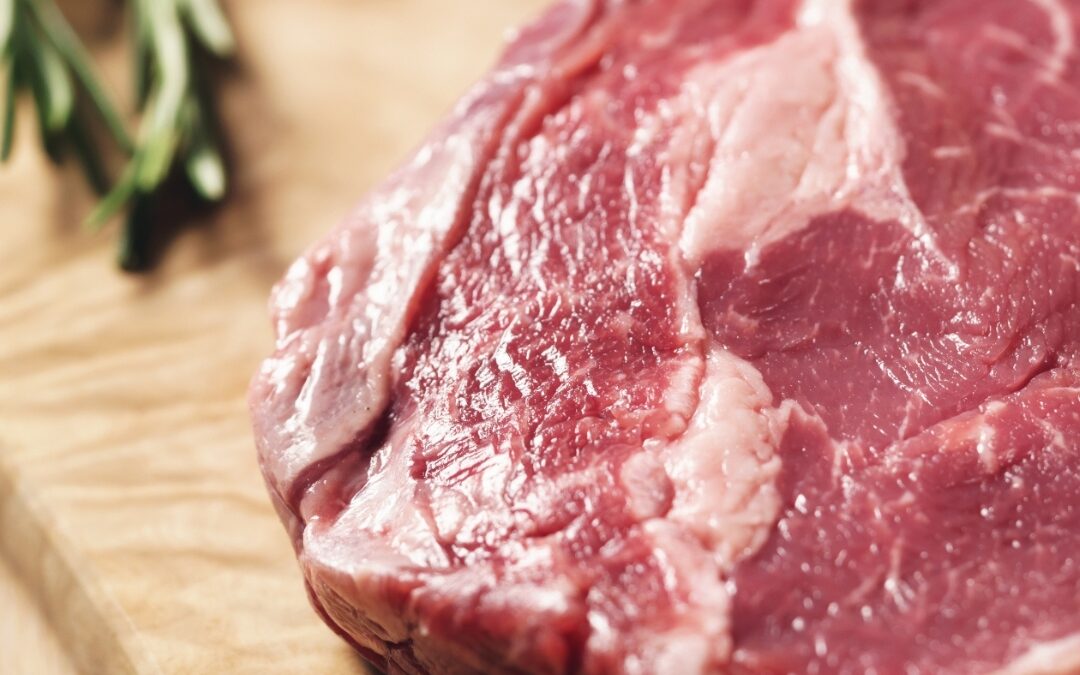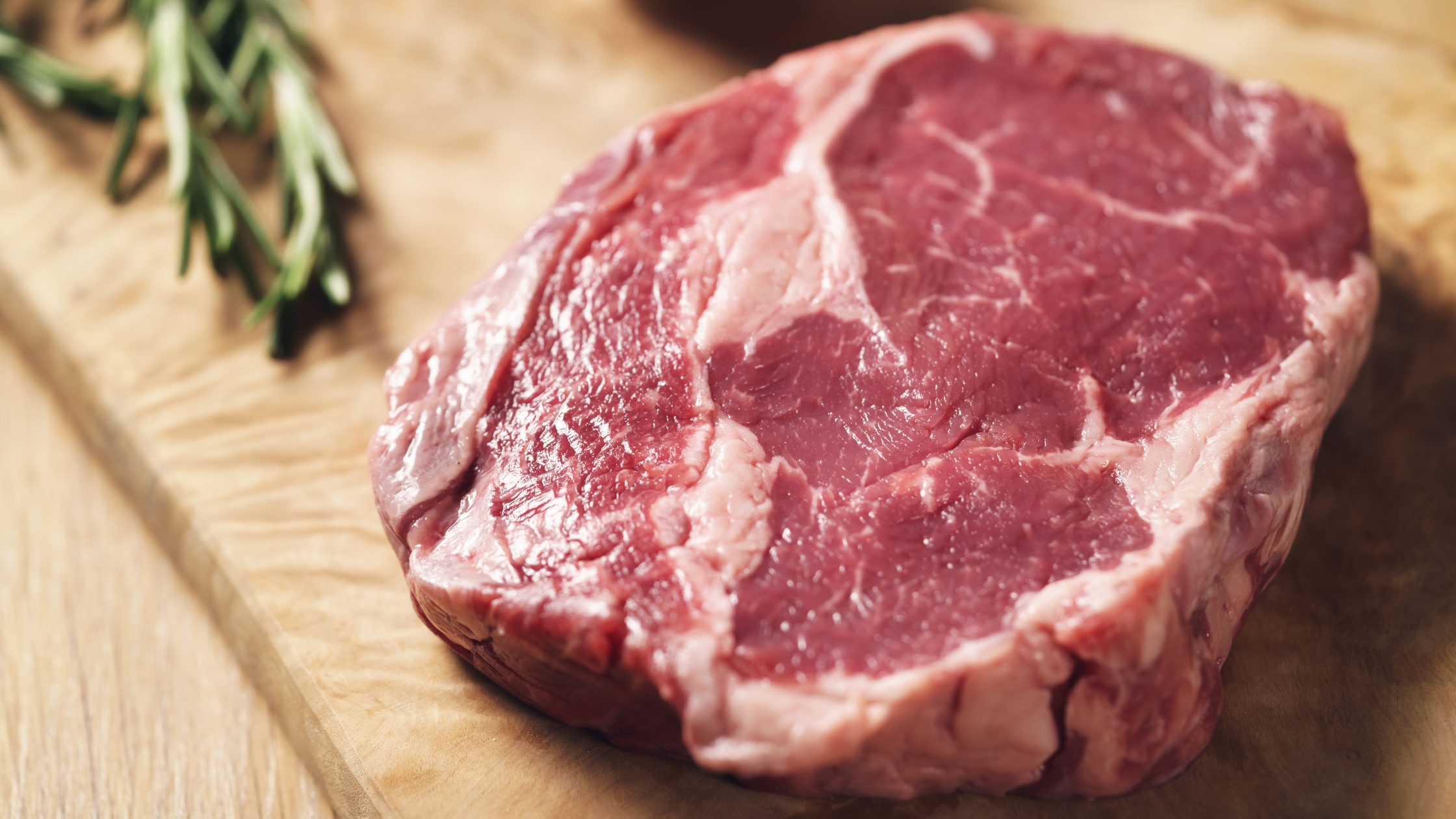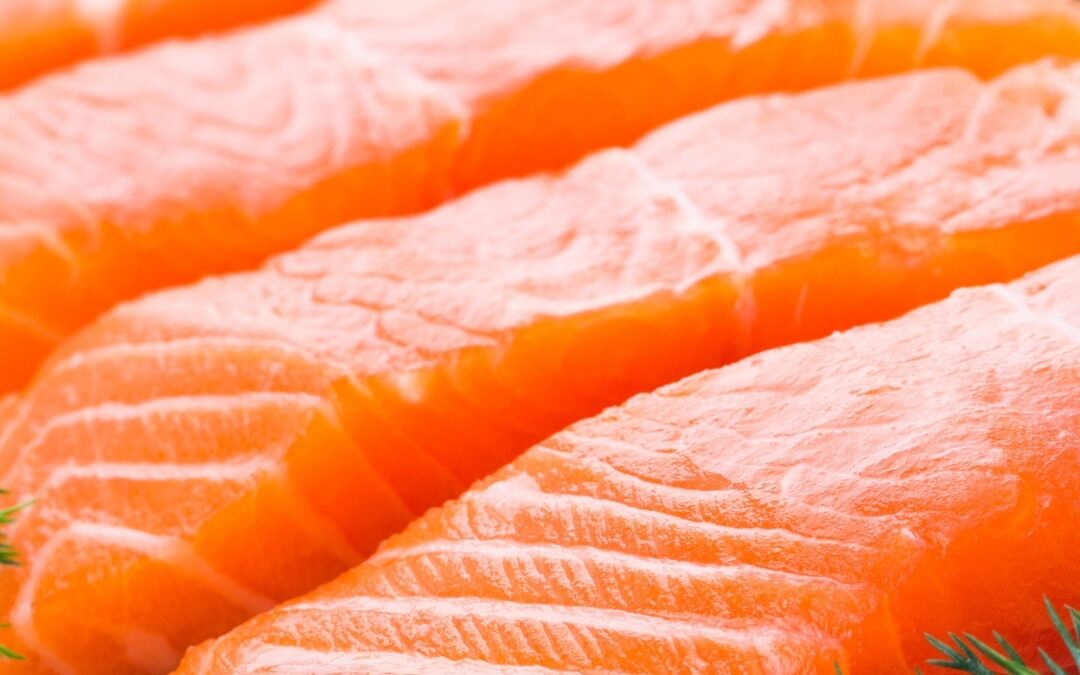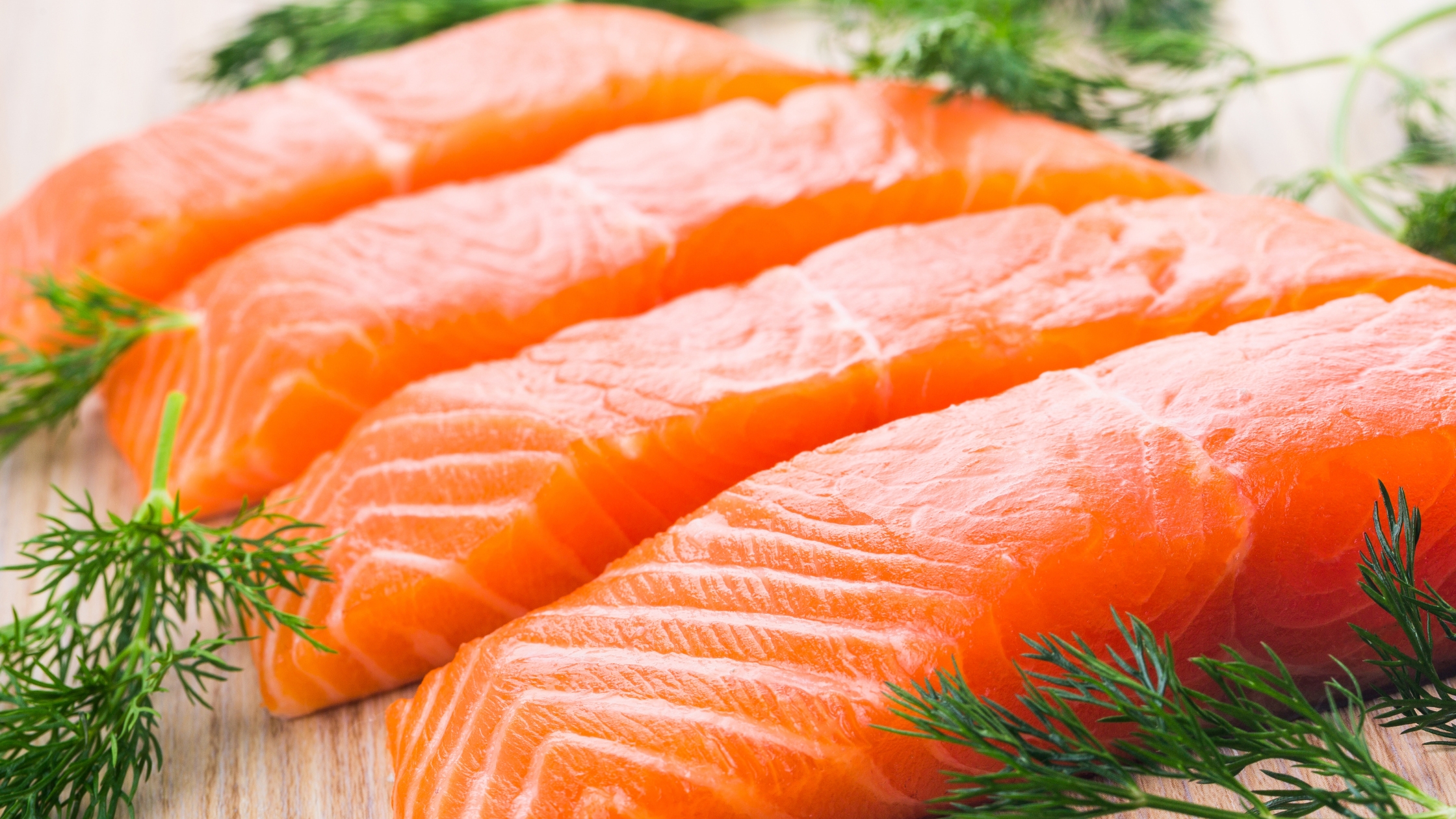
Cancer Prevention Plan
Click here to download Koru Nutrition’s FREE grab and go guide for helping to reduce the risk of cancer.


Click here to download Koru Nutrition’s FREE grab and go guide for helping to reduce the risk of cancer.



60% of our brains are made up of fat so we are literally a bunch of fat heads! Our brain is made up of both saturated and unsaturated fats. The problem is we tend to consume too much saturated fat and saturated fat from the wrong kinds of foods.
Research shows that people that ate the most trans fats, had up to a 48% increased risk of depression.
Trans fats are made artificially through the process of hydrogenation. They are used to increase shelf life of processed goods and have zero health benefits. In fact they have many negative effects on the body and brain. Trans fats lower serotonin levels and increase inflammation, both of which can contribute to depression. It has also been linked to mood disorders, aggressive behaviour and can interfere with memory. It can cause liver damage, fatty liver disease, impair reproductive health, damage the lungs, as well as cause weight gain, neurological problems and digestive disorders. As you can see trans fats does not serve us in any way, shape or form. But a lot of us with busy lifestyles are looking for the quick and easy boxed foods to help us get through the day little knowing the consequences of making these kinds of choices.
Be mindful of reading labels. Any product that lists “partially hydrogenated oil” contains trans fats.
Foods that contain trans fats and should be avoided include:
Eating a standard Western diet high in processed carbohydrate and sugar-rich foods can cause your body to produce unhealthy saturated fatty acid and cholesterol in the body. Consuming a diet high in processed foods that contain a lot of saturated fat will contribute to heart disease and obesity, but it also can significantly impact our mood.
Consuming a high amount of saturated fat from processed foods will inhibit dopamine from signalling to our brain which will impact your ability to feel pleasure, contentment, motivation, happiness and satisfaction.
However, we do need some saturated fats in our body but it is where we get the saturated fat from that can be an issue as there are healthy and unhealthy sources. You need to avoid processed foods that are high in saturated fats such as:
Saturated fat, when consumed from natural whole foods, is healthy and may protect against heart disease. We need some saturated fats in our diet as they also help to make up part of our brain structure. When we say 60% of our brain is made up of fat, 50% of that is saturated fat and it plays an important part in our ability to think and remember.
Healthy forms of saturated fat include:
Consuming MUFAs (monounsaturated fatty acids) and PUFAs (polyunsaturated fats) and eliminating trans fats are crucial in preventing and addressing depression. Monounsaturated fats come from plant-based foods. A study of 12,000 participants found that consuming high levels of mono- and polyunsaturated fats in the diet showed a lower rate of depression. The same study also found high intake of trans fats increased the risk of depression. This may be due, in part, to the impact it has on dopamine. Monounsaturated fats from plant food sources include: olives/olive oil, avocados, sesame seeds, macadamia nuts, cod liver oil, hazelnuts, almonds, Brazil nuts and cashews.
Following the Mediterranean diet with consuming high amounts of olive oil have been shown to lower the risk of depression.
One study including more than 12,000 people showed that participants with an olive oil consumption higher than 20 grams a day (1.5 tablespoons) had a 30% lower risk of depression than those without consumption or with a very low consumption of olive oil.
It is recommended that you consume 1.5 tablespoons of olive oil a day to help lower your risk of depression.
Summary
Fats play a role in our overall health and mood. We need fats in our diet and a variety of them. Saturated fat is important in our diet but the food source of this type of fat is important and needs to come from healthy sources such as coconut oil and grass fed butter. Monounsaturated fats play a role in supporting healthy mood and brain function which is why the Mediterranean diet is seen as a therapeutic option for someone struggling with depression. And of course trans fats have no place in our diet and in our bodies and only serve to wreak havoc to various body systems and fuel depression.
References
https://pubmed.ncbi.nlm.nih.gov/26171719/
https://www.webmd.com/depression/depression-assessment/default.htm


Fats have got a bad rap over the years and although some fats are bad, many are good and are actually crucial for brain structure and function. These good fats have been shown to help with cognitive functioning, mood and behaviours.
Fat is a major source of food and plays various important structural and metabolic functions, including energy storage, satiation, keeping us warm in the winter months, balancing blood sugars and can help reduce cravings and overeating which can be a problem for some of us when we struggle with a low mood.
The human body can produce the fat it requires from other food, except for a few – essential fatty acids (Omega 3 and 6) which means it must be obtained through the diet. The other important factor about consuming fats is that they also contain our fat soluble vitamins such as vitamin A,D,E and K, which we also needed to help support a happy mood.
There are good and bad fats. We want to be consuming the good fats and avoiding the bad fats to help optimize our mood. So let’s break this down for you.
You need to consume Omega 6 in moderation and from the right kind of foods. Omega 6 helps to stimulate skin and hair growth, maintains healthy bones, helps regulate metabolism, supports the reproductive system, helps reduce nerve pain, may help to reduce symptoms of ADHD, can reduce blood pressure, cholesterol and lower the risk of heart disease.
Omega 6’s are pro-inflammatory which means if we consume too much or the wrong kinds of Omega 6 foods this can create inflammation in the body which is not conducive to supporting a healthy mood. Although we need it in our diet, we often consume too much Omega 6 and not enough Omega 3, especially if we follow a Western diet. According to the Academy of Nutrition and Dietetics, women and men aged 19–50 need approximately 12 grams and 17 grams of omega-6 fatty acids per day, respectively.
Unhealthy Sources of Omega 6
Healthy Sources of Omega 6
Studies show that people with depression tend to have lower omega 3 levels compared to those people that don’t have depression. Researchers demonstrate that omega 3 fatty acid consumption (containing 1.5-2g of EPA per day) has mood-stimulating effects in people with depression. (6,7)
Foods high in omega 3 include:
Research shows that people who consumed the most oily fish were also less likely to experience symptoms of depression. The body can utilize the omega 3 more from fish that they can from supplementation. EPA and DHA are found in cold water fish and are important for brain functioning, mood, cognition and reducing inflammation.
The best oily fish to consume to get your EPA and DHA includes
For some great Omega 3 seafood recipes, check out:
https://korunutrition.com/smoked-salmon-avocado-toast/
https://korunutrition.com/smoked-salmon-feta-egg-bake/
https://korunutrition.com/ginger-salmon-burgers/
https://korunutrition.com/salmon-chowder/
If you don’t want to consume fish, then take a fish oil supplement. Research has shown that taking a good quality fish oil supplement improved depressive symptoms in people with depression, with effects comparable to those of antidepressant medications. Additionally, people tended to see greater effects when the fish oil supplement contained higher doses of EPA. (8) Or, if you don’t like fish, try some of these none seafood recipes that still contain good amounts of omega 3:
https://korunutrition.com/chocolate-coffee-shake/
https://korunutrition.com/brain-boosting-salad-dressing/
https://korunutrition.com/chia-oat-parfait-kiwi/
https://korunutrition.com/coconut-yogurt-clusters/
You must ensure that you get enough essential fats into your diet. Omega 6 in moderation from healthy sources such as hemp seeds and sunflower seeds, and omega 3 from oily fish, walnuts, chia and flax seeds. If you struggle with depression, then you may want to consider increasing your fish intake to 3x a week and taking an omega 3 supplement high in EPA.
If you would like more information on how to boost your mood naturally through diet, lifestyle and supplementation please check out Reclaim Your Happiness, our online nutrition and depression program.
References


Plants are incredibly complex organisms, containing hundreds or even thousands of interacting compounds. Herbs have long been allies to our bodies, supporting various areas of health, healing, balance, and detoxification. For centuries, they have been used as medicinal tools to help individuals manage ailments. Multiple studies document how herbs benefit the human body and brain, offering support to various systems, including the digestive, endocrine, immune, neurological, and musculoskeletal systems.
Each herb can contain hundreds of nutrients and compounds. These include carbohydrates, lipids, chlorophyll, enzymes, and other proteins, as well as a range of secondary metabolites, which are often the more active constituents. Secondary metabolites such as alkaloids, glucosinolates, essential oils, tannins, phenols, and flavonoids play roles in plant defense, protection from harmful sun rays, and reproduction. These compounds also have varied effects on the human body.
Depression has become a growing epidemic. Many people seek alternatives to traditional medications to treat their depression, aiming to avoid common side effects of antidepressants, such as weight gain and sexual dysfunction. A number of herbs, including ginkgo biloba, lion’s mane mushroom, and saffron, have shown promise in addressing depression. One herb that has garnered significant attention is St. John’s wort. But does it truly help with depression, or is this just an old wives’ tale?
St. John’s wort is known for its anti-inflammatory properties, and inflammation has been identified as a contributing factor to depression. According to the National Center for Complementary and Integrative Health (NCCIH), St. John’s wort has been recognized as a treatment for mild to moderate depression but is not effective for severe depression. It has also been noted to help with conditions such as seasonal affective disorder (SAD), anxiety, apathy, sleep disturbances, anorexia, and feelings of worthlessness.
Natalie Fraize, a licensed professional counselor and mental health expert, explains, “While in the United States, St. John’s wort is sold as a supplement, in Europe, it is still prescribed to treat depression.”
St. John’s wort not only provides anti-inflammatory benefits but also inhibits the reuptake of neurotransmitters such as serotonin, norepinephrine, and dopamine. By making these neurotransmitters more available to the brain, it helps improve mood.
300–1200 mg daily, typically taken in divided doses (e.g., 300 mg three times daily or 600 mg twice daily).
Research shows that St. John’s wort has significantly fewer side effects than antidepressant drugs. It is associated with higher compliance and is more cost-effective. Possible side effects include:
St. John’s wort stimulates a drug-metabolizing enzyme called cytochrome P450, which affects the metabolism of various medications (e.g., antidepressants, anti-anxiety drugs, oral contraceptives, and anti-seizure medications). It can clear medications faster from the body, reducing their effectiveness.
It is essential to consult a healthcare professional before taking St. John’s wort, especially if you are on other medications.
St. John’s wort is one of many natural alternatives for addressing depression. Other herbs, such as ginkgo biloba, saffron, and lion’s mane mushroom, have also shown promise. If you’re interested in evidence-based nutrition and lifestyle strategies to prevent, address, and manage depression for yourself, a loved one, or a client, consider exploring Reclaim Your Happiness, an online program offering practical, user-friendly strategies and recommendations. Knowledge is power—knowing what to do and how to do it can help you achieve and reclaim your happiness.
References


Herbs have been used for centuries to treat various ailments. Ginkgo biloba, St. John’s wort, Lion’s mane mushroom, and saffron are among the herbs that show promise in addressing depression.
Ginkgo is a tree native to Asia and is one of the oldest trees in the world, dating back about 270 million years. Ginkgo biloba, derived from the leaves of the ginkgo tree, has traditionally been used in various medicinal contexts. Recent studies highlight its potential benefits in alleviating symptoms of depression, particularly in older adults and individuals with cognitive impairments.
Ginkgo has powerful antioxidants and anti-inflammatory effects. It also increases blood and oxygen flow to the brain, keeping neurons and neurotransmitters well-nourished and functioning optimally. This herb has been found to reduce depression, anxiety, stress, and improve mental clarity and energy levels.
The therapeutic effects of Ginkgo biloba are attributed to its complex composition, including flavonoids and terpenoids. These compounds possess antioxidant and anti-inflammatory properties, enhancing cerebral blood flow, protecting neuronal cells from oxidative stress, and modulating neurotransmitter systems—all of which contribute to mood regulation and cognitive function.
Some bioactive phytochemicals in Ginkgo act as monoamine oxidase inhibitors (MAOIs), which prevent the breakdown of neurotransmitters like serotonin, dopamine, and norepinephrine. By inhibiting monoamine oxidase, Ginkgo helps restore serotonin levels in the brain, contributing to its antidepressant effects (1).
Dosages of 120 to 480 mg per day have been used. Ginkgo biloba is available as a supplement in capsule or tablet form. It is best to start with a lower dose and increase gradually if needed (6). Ginkgo biloba may be most effective for individuals over the age of 50.
Ginkgo leaf supplements are generally safe but may cause headaches, dizziness, heart palpitations, nausea, gas, and diarrhea in some individuals. Allergic reactions, including rashes, are also possible.
Ginkgo biloba shows promise as an adjunctive treatment for depression, particularly in older adults and those with cognitive impairments. It may also alleviate sexual dysfunction associated with antidepressants.
If you are exploring alternatives to antidepressant medication, Koru Nutrition offers the Reclaim Your Happiness online program. This evidence-based program provides practical strategies to help prevent, address, and manage depression through nutrition and lifestyle changes. The program includes guidance on herbs, vitamins, amino acids, specific foods, recipes, and more to support mental well-being.
References